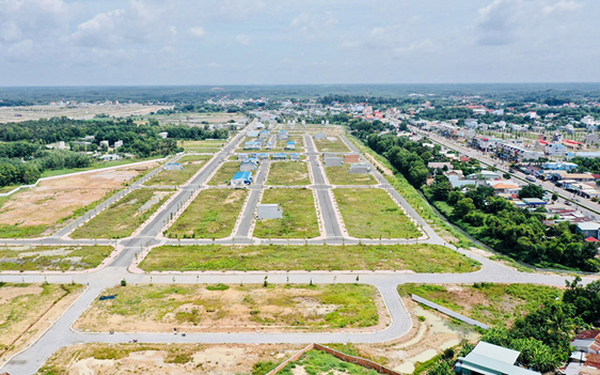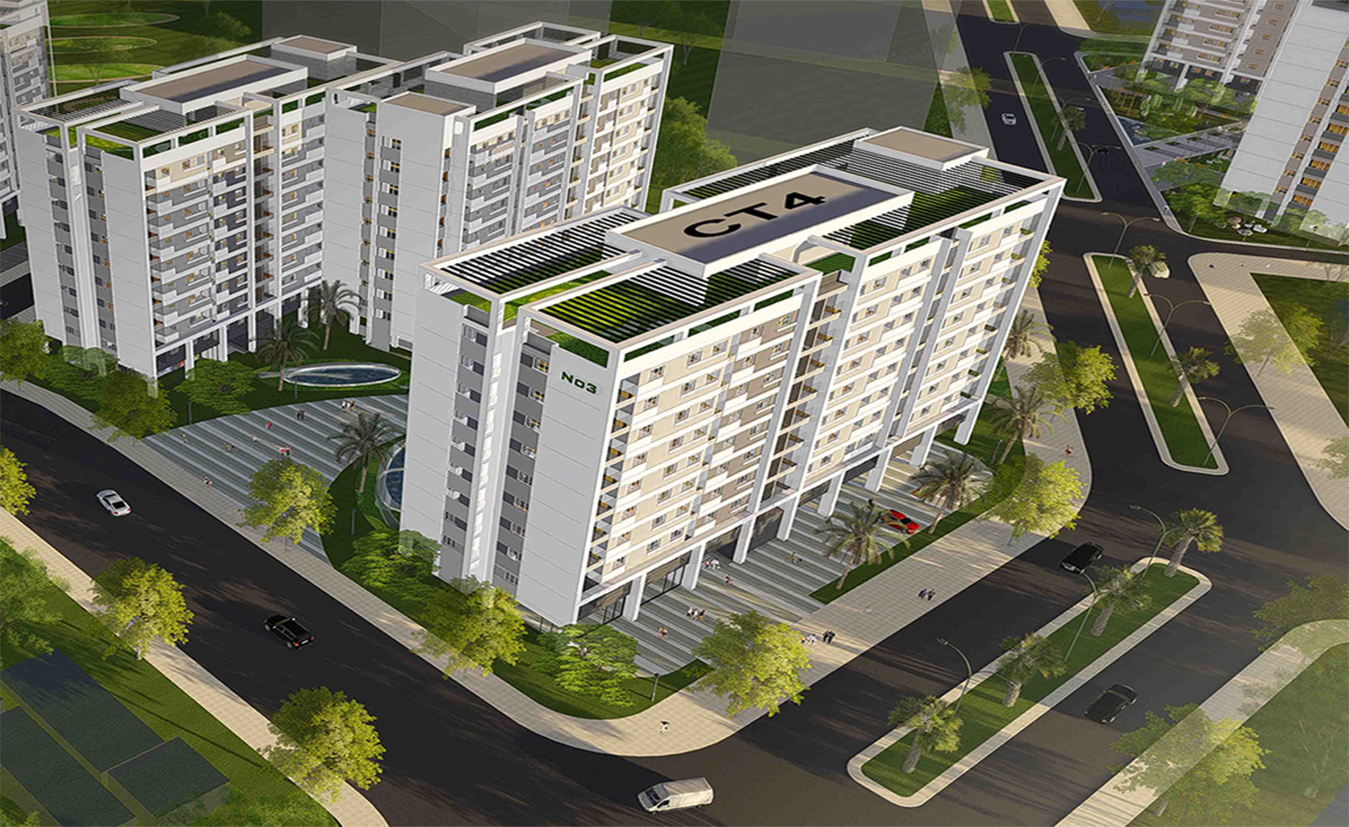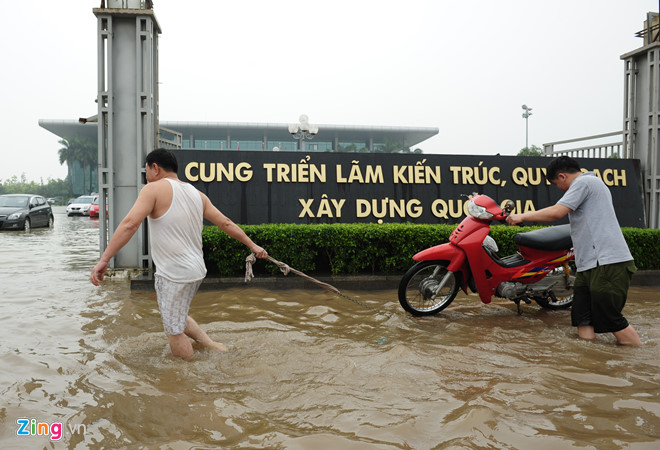On November 14, 2017, the Government of Vietnam issued Decree No. 123/2017/ND-CP on amendments to certain articles of Decree No. 45/2014/ND-CP and Decree No. 46/2014/ND-CP. >>View PART 2
Amendments and supplements that should be noted in Decree No. 123/2017/ND-CP of Vietnam’s Government include:
1. Supplementing land price for determining land levy:
- Land price adjustment coefficients (coefficient k) issued by People's Committees of provinces/central-affiliated cities (hereinafter referred to as "People's Committees of provinces") shall apply from January 01 every year. The time for conducting surveys to develop coefficients k shall be from October 01 every year.
- Costs related to coefficient k development (including costs of hiring consulting service providers if necessary) shall be funded by state budget under regulations of law on state budget.
- Selection of consulting service providers responsible for conducting surveys and developing coefficients k shall comply with regulations of law on bidding.
- In the cases where the People’s Committee of province has not issued coefficient k from the date of determining land levy, coefficient k issued in the previous year shall be applied and such People’s Committee may take responsibility for loss of budget due to failure to issue coefficient k on schedule (if any).
2. Supplementing and amending certain provisions on collection of land use levy upon land allocation by the State
- The land rent/m2 to determine payable land rent mentioned in Point a and Point b this Clause shall be determined according to land price on the land price list for the purposes of land use of the project.
- Coefficient k and rate (%) for calculation of land rent/m2 for the purposes of commercial or service land use issued by the People’s Committee of province.
- Specific regulation on procedures for determination of the starting price of a land use right auction (hereinafter referred to as “auction”) to allocate levied land.
3. Supplementing and amending certain provisions on collection of land use levy upon change of land use purpose
- If non-agricultural production/business land (non-residential land) originally receiving transfer of residential land from a household or an individual is repurposed as residential land to execute an investment project from July 01, 2014 onwards, the land levy shall be determined as follows:
The household/individual repurposing non-agricultural production/business land (non-residential land) originally from residential land as residential land of the household/individual shall not pay for land levy.
- If non-agricultural production/business land (non-residential land) having long-term duration of use allocated by the State with collection of land levy before July 01, 2004 is repurposed as residential land to execute an investment project from July 01, 2014 onwards, the land levy shall be determined as follows:

4. Supplementing the provision on collection of land levy upon recognition of land use rights (grant of certificates) for households and individuals for land allocated ultra vires or violating regulations of law from July 01, 2004 to before July 01, 2014 that are now considered by the State for grant of certificates
If documents proving the payment for land use are available, the amount of money paid by the land user shall be deducted from the payable land levy provided that the deduction does not exceed the payable land levy.
5. Supplementing principles of land use levy exemption or reduction for the business entity having non-agricultural production/business land levied and allocated by the State and making payment for land levy and having land levy remitted by the competent state authority in accordance with regulations of law on land before July 01, 2014 when transferring the project or land use rights from July 01, 2014 onwards
6. Supplementing the provision on procedures for remission of land levy for social housing projects and graveyard infrastructure projects
7. Amending the provision on determination and collection of land levy if there is any change in the land levy calculation bases
If there is any change in the land levy calculation bases, the tax authority shall re-determine payable land levy and notify it to the taxpayer.
The land user that has not made payment related to land levy and requests modification of detailed construction planning for which new land-related payment arises (if any) shall:
- pay in full the land levy determined according to the detailed construction planning before it is modified and the corresponding amount of late payment;
- pay additional land levy which is equal to the difference between the payable land levy based on the planning before and after it is modified and determined at the same time when the competent state authority allows modification of planning (if any).
8. Supplementing the provision on procedures for repayment or deduction of paid land levy or amount received from land use right transfer paid by investors of social housing projects
9. Supplementing the provision on procedures for determination of payable land levy when eligible purchasers or lease purchasers sell or transfer social housing
10. Amending certain provisions on settlement of the compensation for ground clearance
- Supplementing the provision on the application for deduction from the compensation, which consists of:
+ A copy of the plan for compensation approved by the competent state authority;
+ The documentation and declaration of payment for compensation.
- In case of the project that the State allocates land in the form of auction with multi-purpose land use: Allocation of levied land or allocation of levy-free or rent-free land and the investor voluntarily advances the compensation under the plan approved by the competent state authority, the deduction of compensation shall be calculated according to each type of area and allocated equally for land area used for public purposes to corresponding land area.
Decree No. 123/2017/ND-CP of Vietnam’s Government also amends and supplements several other issues of Decree No. 46/2014/ND-CP, view more in PART 2.
 Article table of contents
Article table of contents





.Medium.png)
.Medium.png)
.Medium.png)
.Medium.png)
